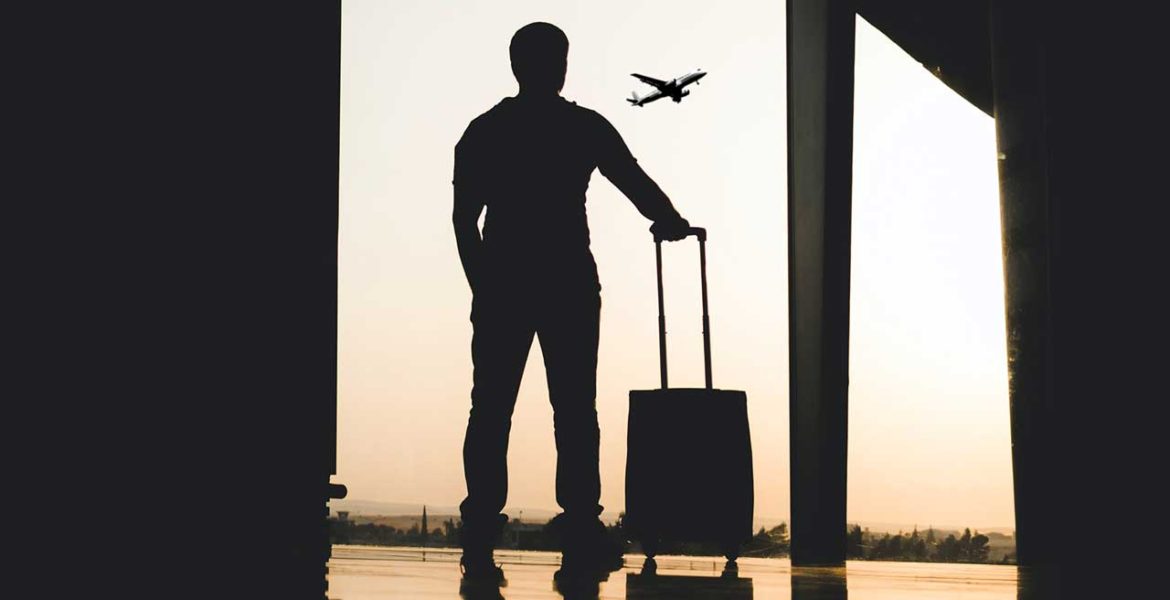By Randy Stuck, Executive Vice President at Hooray Agency
COVID has changed the world much more than anyone could have expected. Did we ever anticipate that a simple trip to Costco would inspire anxiety as we pass a barren toilet paper aisle? Now, it takes every fiber of my being not to immediately purchase as much as I can. That said, the question that we as marketers and hospitality experts want answered is, WHAT IS THE NEW NORMAL??? How can we anticipate and adapt to what comes next?
I believe there are five trends that have either emerged or will continue to emerge as we move into the post-COVID era which can inform how we craft content and target advertising, designed to engage potential guests.
- Shorter Booking Window – Most of the properties have seen a dramatic decrease in booking windows for travelers, which I believe is driven by two factors – 1. An increase in guests from the drive market (who naturally have a shorter booking window) and 2. More last-minute and spontaneous plans being made as we continue to see changes in rules, regulations, and the situation as a whole. These trends will continue as travelers will want to be certain they are able to travel before making plans. Previously, when looking to affect short term periods of need, I have recommended focusing on paid search (shorter average booking window) and CRM email communication (easier to generate short term demand based upon brand engagement) but with the overall shortened booking window, prospecting/retargeting has become more viable options as well.
- Flexible Travel Dates – The COVID era has definitely taught marketers that situations can change on a dime. To ease the anxiety of not knowing whether travel will be possible, most brands have introduced much more flexible cancellation and change policies. Airlines have waived change fees and hotels are allowing for guests to cancel without a penalty. I believe this is a trend that will continue for quite some time, as travelers are getting used to the idea of plans changing last minute and the need to keep a flexible policy to ensure they are not being penalized for when those changes do occur. Those who ensure that this message is proliferated throughout the web and booking experience should see a rise in engagement and conversion as that level of transparency will ease the minds of guests looking to book.
- Greater Spend Per Stay – As we approach one year of being in a “quarantine” type state, people are anxious to get out and explore once more. With that excitement, comes to a heightened sense of wanting to savor travel, not taking for granted the ability to be outside of one’s house. Across our portfolio, we have seen ADR increase by an average 17% as those guests who are traveling are willing to spend more for the privilege of being away from home. This trend will likely continue as we see travelers relishing their ability to be away and more likely to splurge in the process. This provides an opportunity to move toward inclusion-based offers and messaging which will ensure the average transaction price and ADR can remain high.
- Increased Length of Stay – Similar to more spend per stay, travelers are taking advantage of the opportunity to be out of their homes and spending more time on each trip. Across our portfolio, our hotel and resort properties have seen an average increase of 13% in length of stay. According to a US Travel Study from 2019, workers in the United States had 768 million unused vacation days in 2018. Our expectation is that COVID has changed people’s perception of vacation time, making them more inclined to plan a trip, and less likely to leave that PTO on the table. Not only will Americans be better about taking days off, but living, working, and learning arrangements will continue to be more flexible as a result of the pandemic, likely leading to longer stays in a given destination. Hotels — in fact, entire chains — have been eager to capitalize on this new trend, offering “workcation” packages to entice people to book a longer stay.
- Adoption of New Technology – Historically, Hospitality has been notoriously slow at adopting new technology, from social media to mobile and app usage. That said, COVID has forced the adoption of new and improved technology, such as contactless check-in, paperless menus and even unlocking hotel room doors via mobile apps. This new technology typically incurs an upfront cost for development and implementation but becomes much less expensive in the long run by saving on printing costs and design updates based upon changed information. Consider working with your agency or development partner to craft technology solutions to meet these needs.
Although the world is in a period of monumental change and upheaval, one truth that remains universal is that of human curiosity. Curiosity drives the need to get out and experience the world and as long as that remains, so too will remain the need to travel.
Randy Stuck is an Executive Vice President at Hooray Agency, a Southern California-based full-service advertising and marketing firm.

